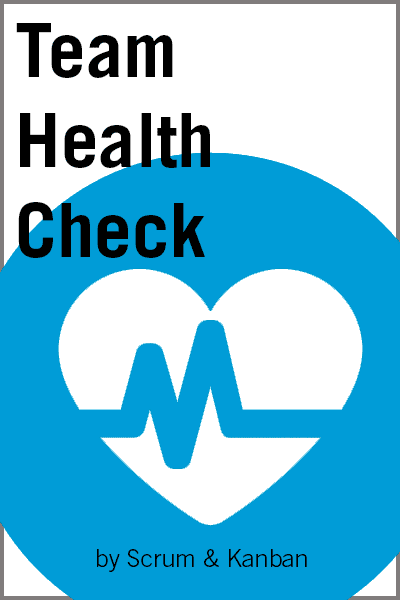Our team health check has become so popular, we thought it should have its own page.
In early 2015, we created this health check as an alternative to other models out there which we felt fell short. Our friends at GDS then helped it even more awesome.
Most other models attempted to summarise and visualise a team’s position. They gave the team a score or a grade. Sometimes they boiled it down to one of three colours in a traffic light. We don’t feel that real life is that simple. A team can be doing well and poorly in the same area at the same time. For example, if a team is good at communicating well with each other but not well communicating with stakeholders, is their communication score 5 out of 10? Or amber on the traffic light? Or a C grade? Although these other models look pretty and appear clear, I have never found such simplified visual cues really help me in any way.
What I have found very useful is taking some time to stand back and evaluate the situation, asking questions like “How often is the team disrupted? By whom? How important are the disruptions?” “Is the team running any analytics/follow-up activity after their work is delivered?” “When does the team start to get involved in discussing requirements?”
Let me make this very clear: this is not a method of rating the team. It is not meant as a comparative tool to judge the success of individuals or teams, and it should not be used to rank teams.
It originated as a way for me, as a coach, to put down my feelings on how a team is doing and what areas we should be focusing on. It also allowed me to see how a team was evolving over time and helped me provide feedback to teams. But I have also used it to mentor Scrum Masters and used it as a group exercise with whole teams.
And here it is for you to use on a creative commons basis:


Team Health Check by David Lowe is licensed under a Creative Commons Attribution-ShareAlike 4.0 International License.
Feel free to add a comment below of your experiences using it and/or any suggested improvements.